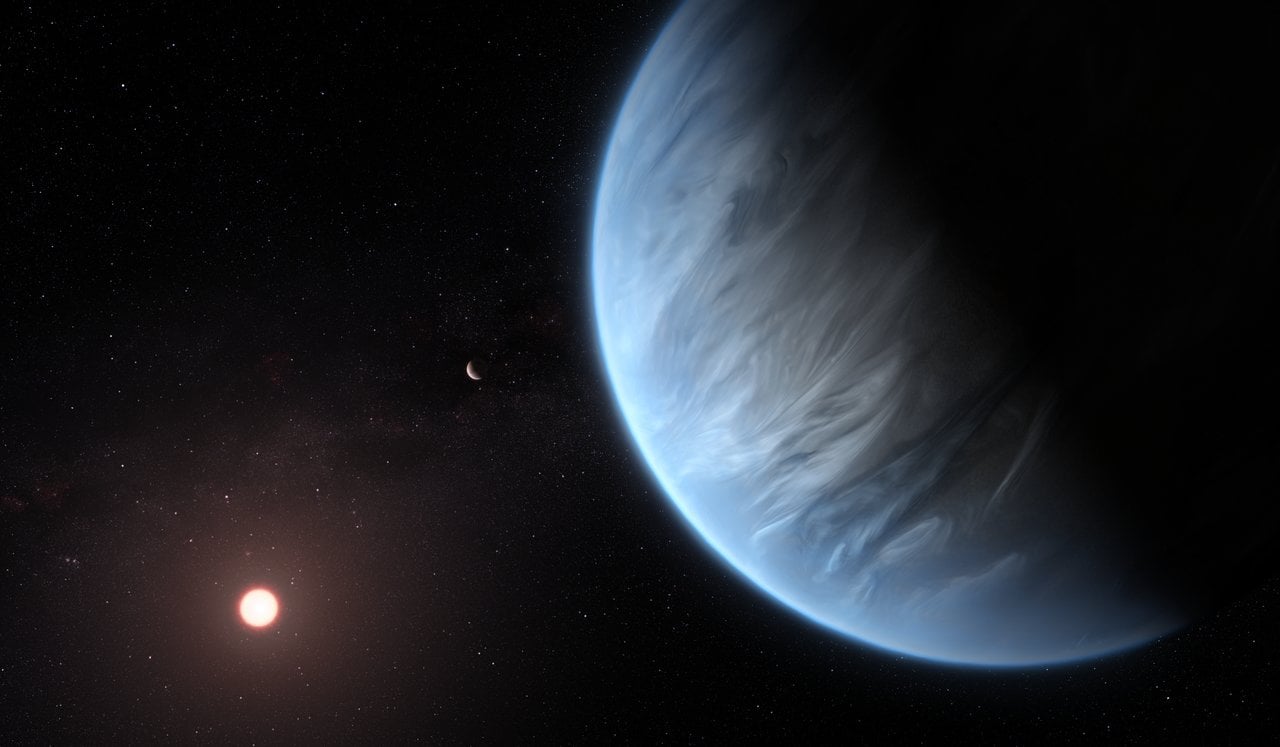
A nearby star has been found to have two “super-Earth” exoplanets in its habitable zone, according to astronomers.
The two planets, which are both slightly larger than our own planet, orbit around the same red dwarf star.
NASA’s Transiting Exoplanet Survey Satellite (TESS) spotted the planets as they passed in front of their parent star, TOI-2095, which is approximately 137 light-years away from our solar system.
When this happened, the amount of light from the star decreased, and scientists were able to detect the presence of the planets and learn some things about them.
Research on the habitability of exoplanets
TOI-2095 belongs to the largest group of stars in the universe – the red dwarfs. Despite their lower temperatures, red dwarfs can have violent outbursts of ultraviolet and X-ray radiation in their early stages, which can potentially strip the atmosphere of any nearby planets.
As a result, scientists have been uncertain whether planets within the habitable zone of red dwarfs can sustain Earth-like life.
However, two planets that are orbiting within the habitable zone of TOI-2095, known as TOI-2095 b and TOI-2095 c, caught the attention of astronomers as they offer exciting possibilities for further research.
New Exoplanets are spotted by @NASA's Transiting Exoplanet Survey Satellite (TESS) as they transited their parent Star, "TOI-2095."
It lies around 137 light-years from our solar system. pic.twitter.com/IaHljlUOLp
— Ishmal Khan (@iishmalkhan) May 12, 2023
TOI-2095 b is the closest planet to the star and is roughly one-tenth of the distance between Earth and the sun. It takes around 17.7 Earth days to complete one orbit around the star, and is 1.39 times wider than Earth. However, it has a mass of up to 4.1 times that of our planet.
TOI-2095 c is the second planet in the system and takes 28.2 Earth days to complete one orbit around the red dwarf. It is slightly larger than TOI-2095 b, with a diameter of around 1.33 times that of Earth. However, it has up to 7.5 times the mass of our planet.
Researchers predict that both planets have surface temperatures ranging between 75 degrees Fahrenheit to 165 degrees Fahrenheit (24 to 74 degrees Celsius).
Further research by astronomers
The team behind the discovery, led by astronomer Felipe Murgas of the University of La Laguna in Spain, noted that the long orbital periods of these planets could help to reveal more about how small planets are formed around red dwarfs.
This discovery is a great example of the success of NASA’s TESS mission. Since it was launched in April 2018, the mission has found over 330 confirmed exoplanets and identified over 6,400 potential candidates for further study, according to Space.
The team plans to investigate these two super-Earths further by measuring their radial velocity to determine their mass more accurately. This could help astronomers understand whether these planets have retained their atmospheres.
See all the latest news from Greece and the world at Greekreporter.com. Contact our newsroom to report an update or send your story, photos and videos. Follow GR on Google News and subscribe here to our daily email!



